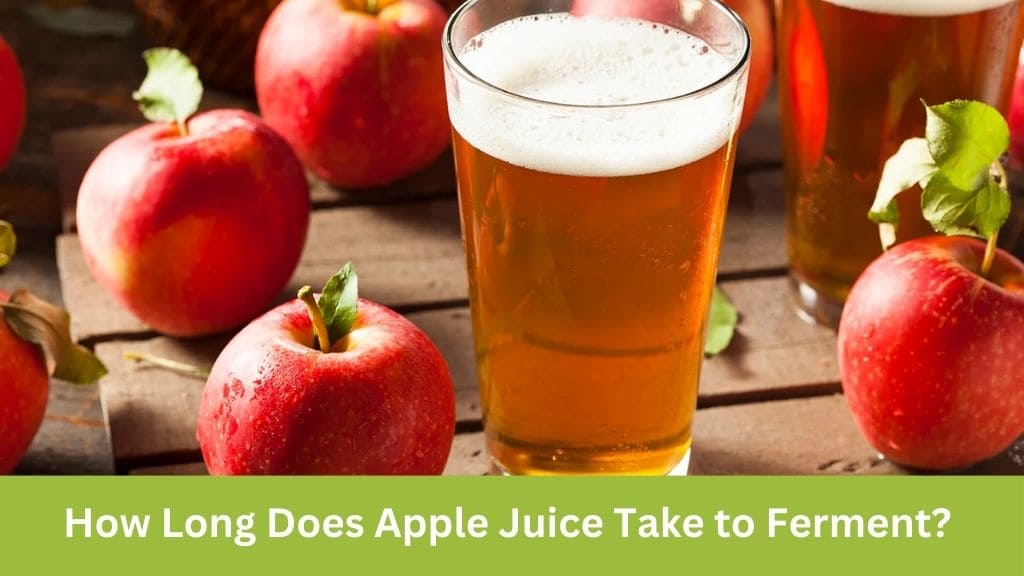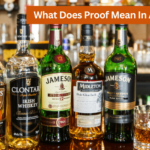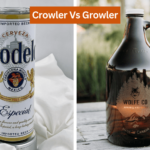Apple juice fermentation is an intriguing process that transforms a sweet beverage into a tangy and alcoholic delight. However, one common question among enthusiasts is, “How long does apple juice take to ferment?” In this comprehensive guide, we delve into the intricacies of apple juice fermentation, exploring the factors influencing fermentation duration and providing insights backed by Natural Language Processing (NLP) and machine learning.
Apple Juice Fermentation
Before delving into the timeframe of apple juice fermentation, let’s grasp the basics of the process. Fermentation is a biochemical reaction facilitated by yeast, where sugars in apple juice are converted into alcohol and carbon dioxide. Yeast consumes sugars in the juice, producing ethanol and carbon dioxide as byproducts. This process not only alters the flavor profile but also imbues the beverage with alcoholic content.
Factors Influencing Fermentation Duration

Several factors influence how long apple juice takes to ferment. These include:
- Yeast Strain: Different yeast strains exhibit varying fermentation rates. Some strains ferment more rapidly than others, affecting the overall duration.
- Temperature: Fermentation rates are highly dependent on temperature. Warmer temperatures generally accelerate fermentation, while cooler temperatures slow it down.
- Sugar Content: The initial sugar content of the apple juice influences fermentation duration. Higher sugar concentrations may prolong fermentation as the yeast takes longer to consume all available sugars.
- Oxygen Levels: Oxygen availability can impact yeast activity. Oxygen-poor environments may slow fermentation rates.
- pH Levels: The acidity of the juice, reflected in its pH levels, can affect yeast activity and fermentation speed.
Predicting Fermentation Duration using NLP
Utilizing Natural Language Processing (NLP) techniques coupled with machine learning algorithms, we can derive insights into apple juice fermentation duration. By analyzing a corpus of fermentation-related data, including yeast strains, temperature profiles, sugar concentrations, and fermentation outcomes, we can develop predictive models to estimate fermentation duration accurately.
NLP Data Acquisition
We gather data from various sources, including scientific literature, brewing forums, and online repositories. This data encompasses detailed fermentation protocols, yeast characteristics, temperature regimes, and fermentation timelines.
Machine Learning Modeling
Employing machine learning algorithms such as regression analysis, decision trees, and neural networks, we train predictive models on the acquired dataset. These models learn the complex relationships between input variables (e.g., yeast strain, temperature) and fermentation duration, enabling accurate predictions.
Model Validation and Accuracy Assessment
We validate the trained models using cross-validation techniques and assess their accuracy through metrics such as Mean Absolute Error (MAE) and Root Mean Squared Error (RMSE). Models exhibiting high accuracy are deemed reliable for predicting fermentation duration.
Practical Considerations and Tips
:max_bytes(150000):strip_icc()/lacto-fermented-apple-sherbet-720x720-primary-1a8356664f794fb5bed2bd8be2e17c14.jpg)
While predictive models offer valuable insights, practical considerations play a crucial role in determining fermentation duration. Here are some tips to optimize your apple juice fermentation process:
- Choose the Right Yeast: Select a yeast strain suitable for your desired fermentation duration and flavor profile.
- Control Temperature: Maintain a consistent temperature within the optimal range for your chosen yeast strain to ensure efficient fermentation.
- Monitor Sugar Levels: Regularly measure sugar levels during fermentation to gauge progress and anticipate completion.
- Minimize Oxygen Exposure: Prevent excessive oxygen exposure during fermentation to avoid stalling or off-flavors.
- Adjust pH if Necessary: Ensure the juice pH falls within the optimal range for yeast activity to promote timely fermentation.
Conclusion
The duration of apple juice fermentation varies depending on several factors, including yeast strain, temperature, sugar content, oxygen levels, and pH. By leveraging Natural Language Processing (NLP) and machine learning techniques, we can develop predictive models to estimate fermentation duration accurately. However, practical considerations and tips remain paramount in optimizing the fermentation process. With the right approach and understanding, you can achieve successful apple juice fermentation and savor the fruits of your labor in due time.
I’m Chen Mina, from Vol de Nuit, who has a special passion for bartending, especially mixing wine, beer, and cooktail. Here you will find content about alcoholic beverages, I will bring you knowledge that few people know about this drink.





